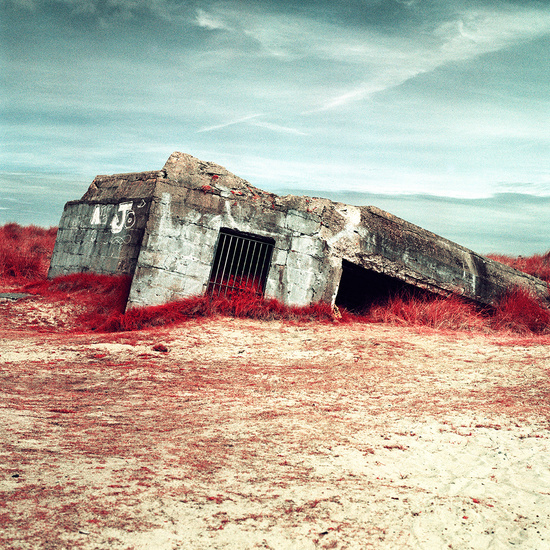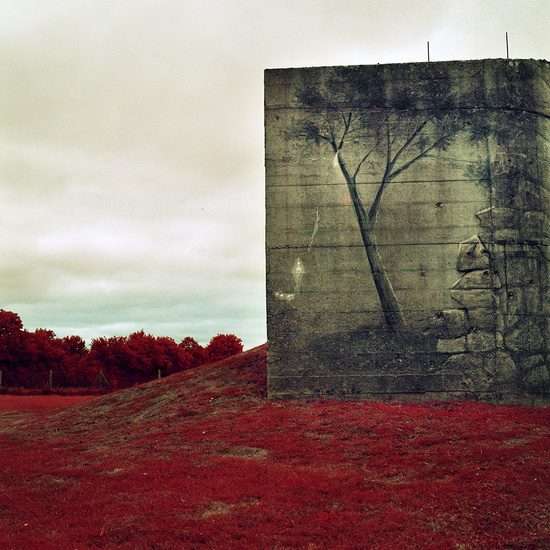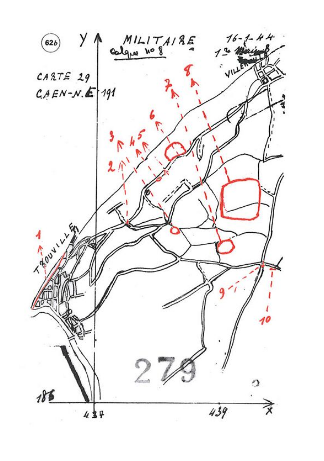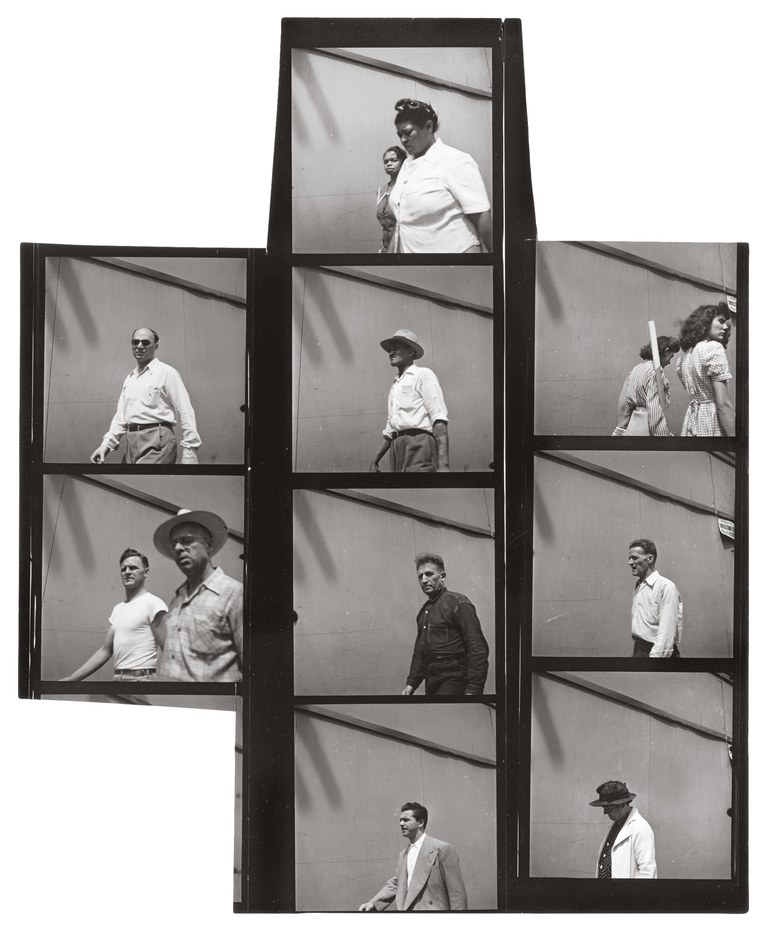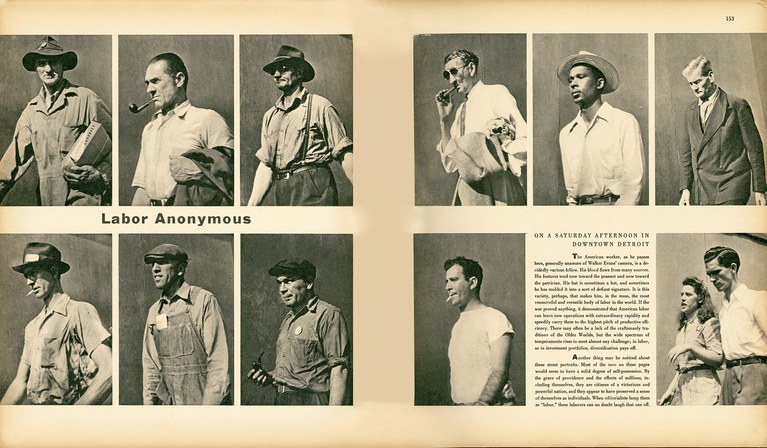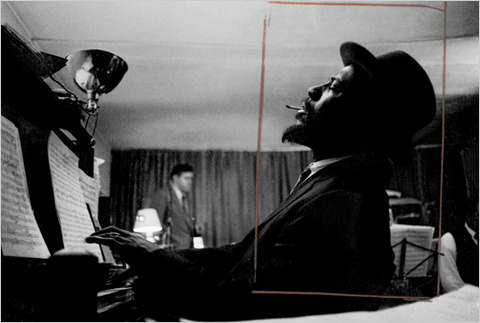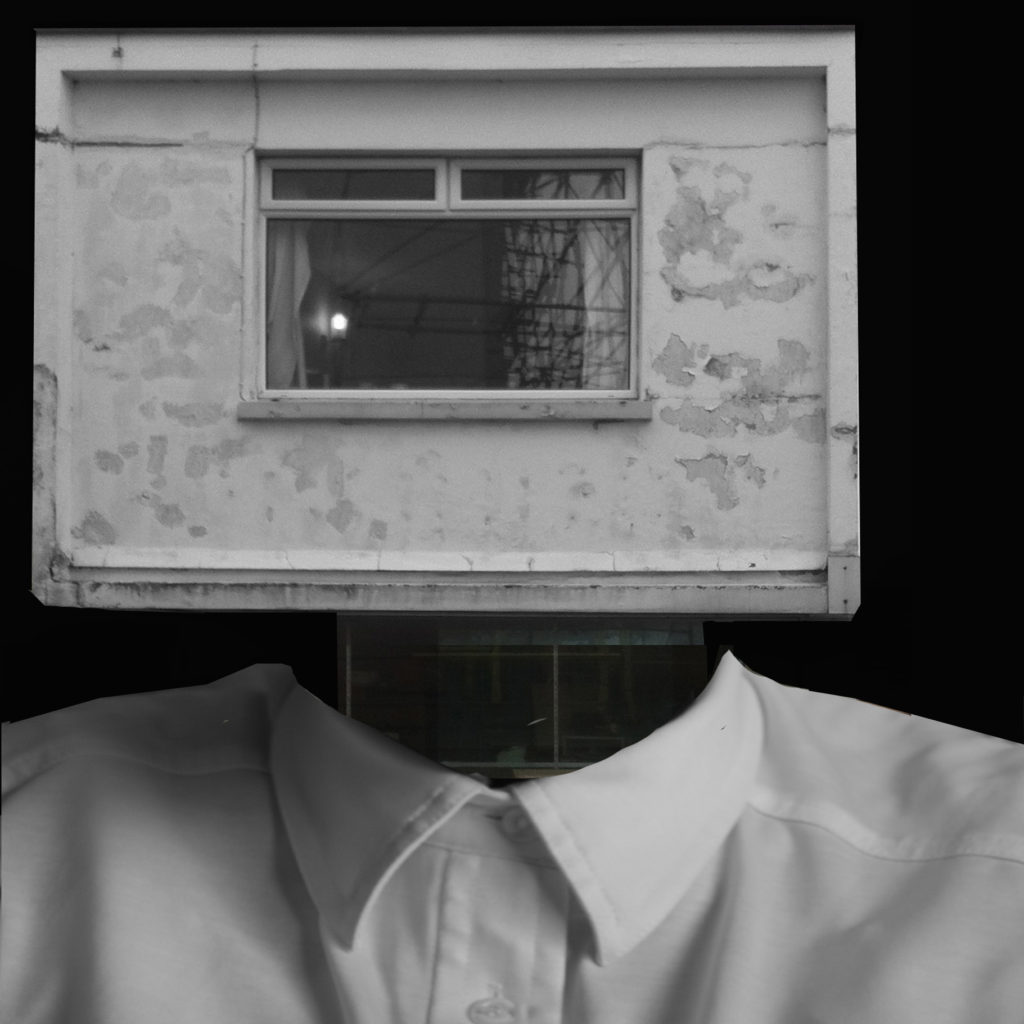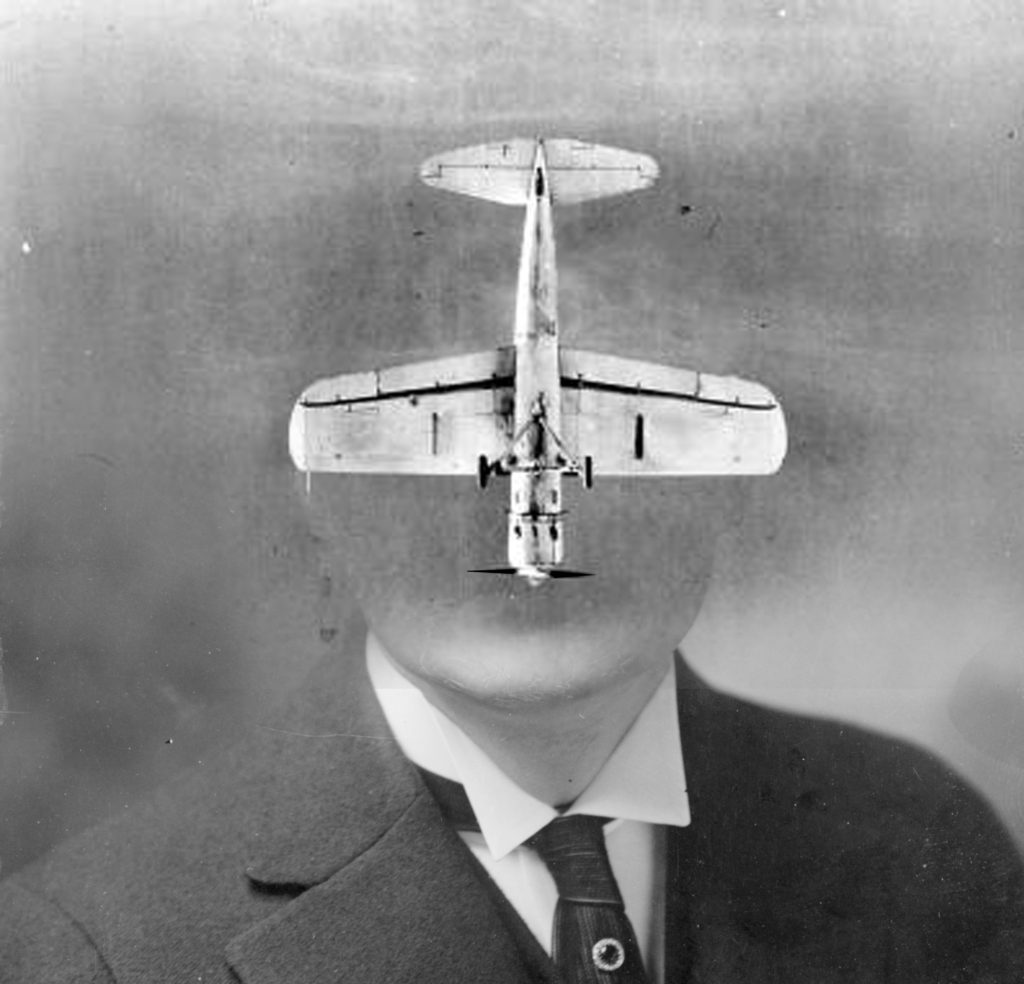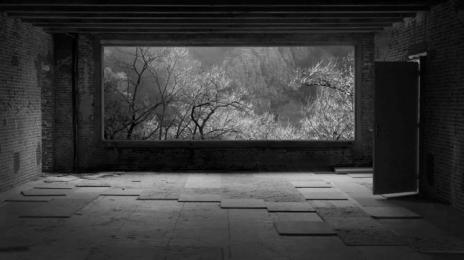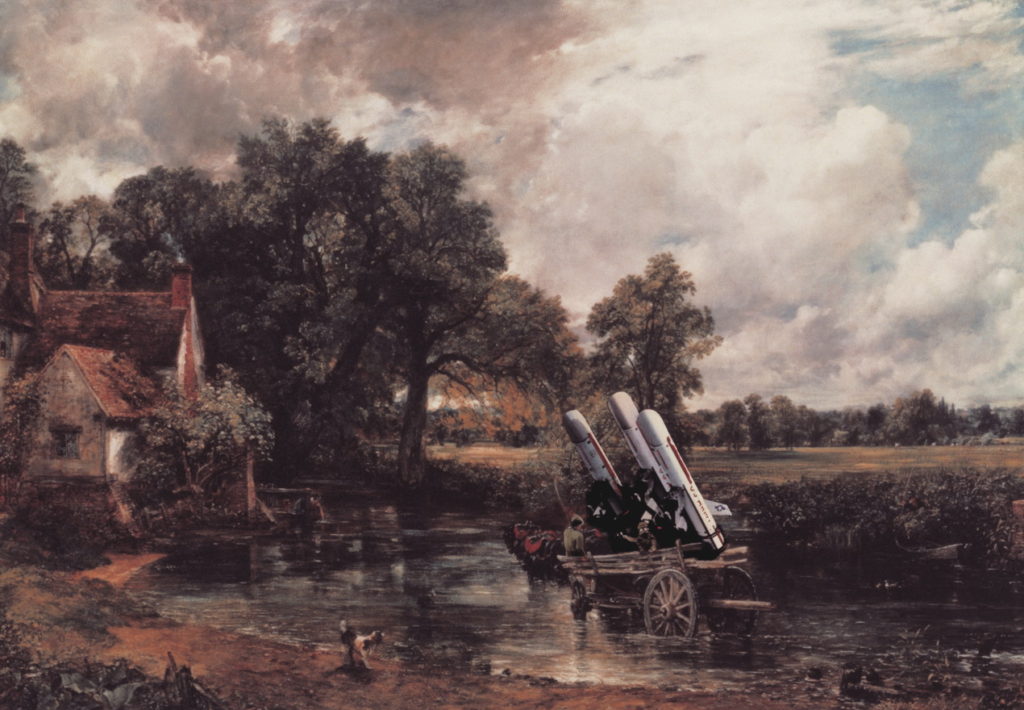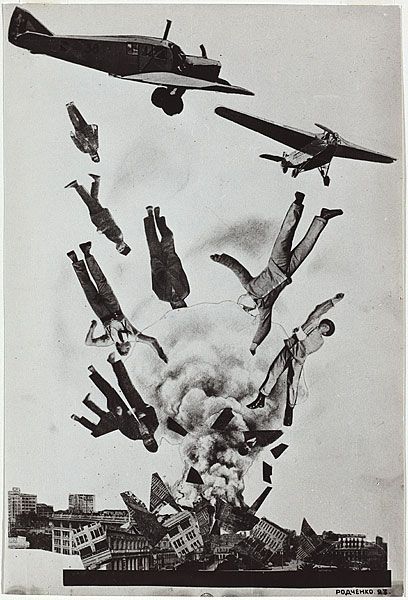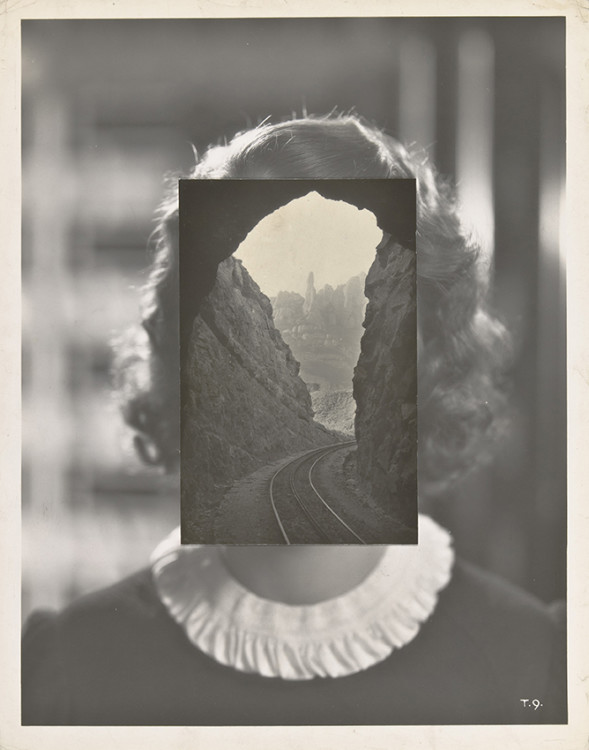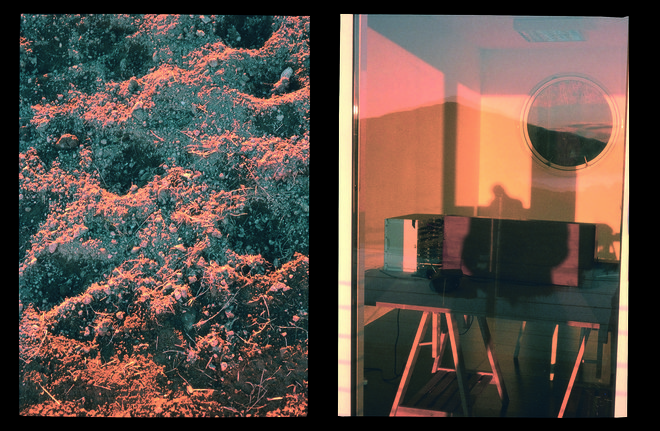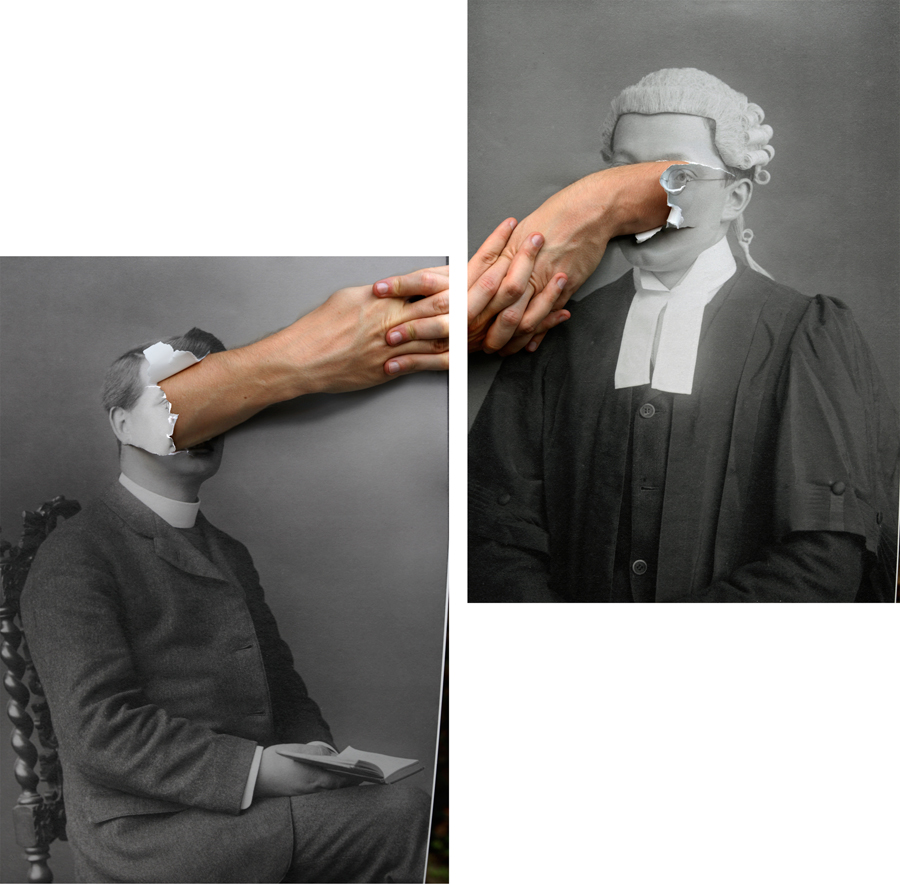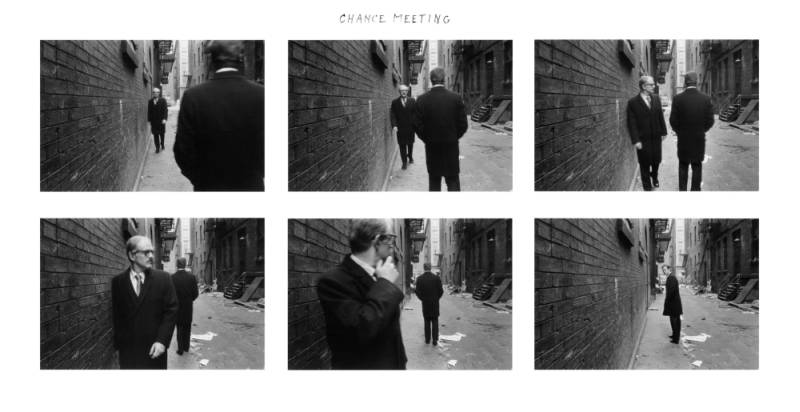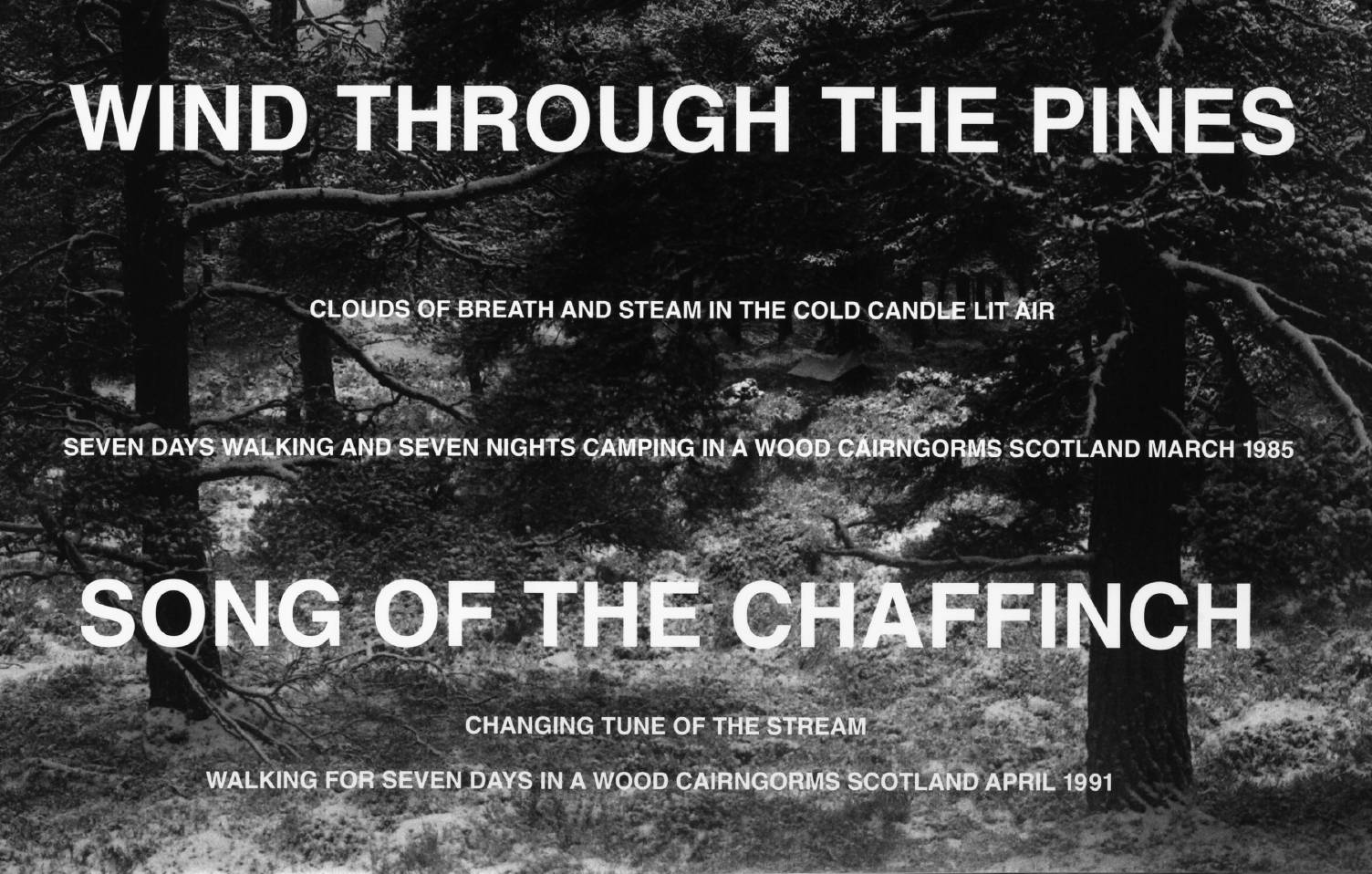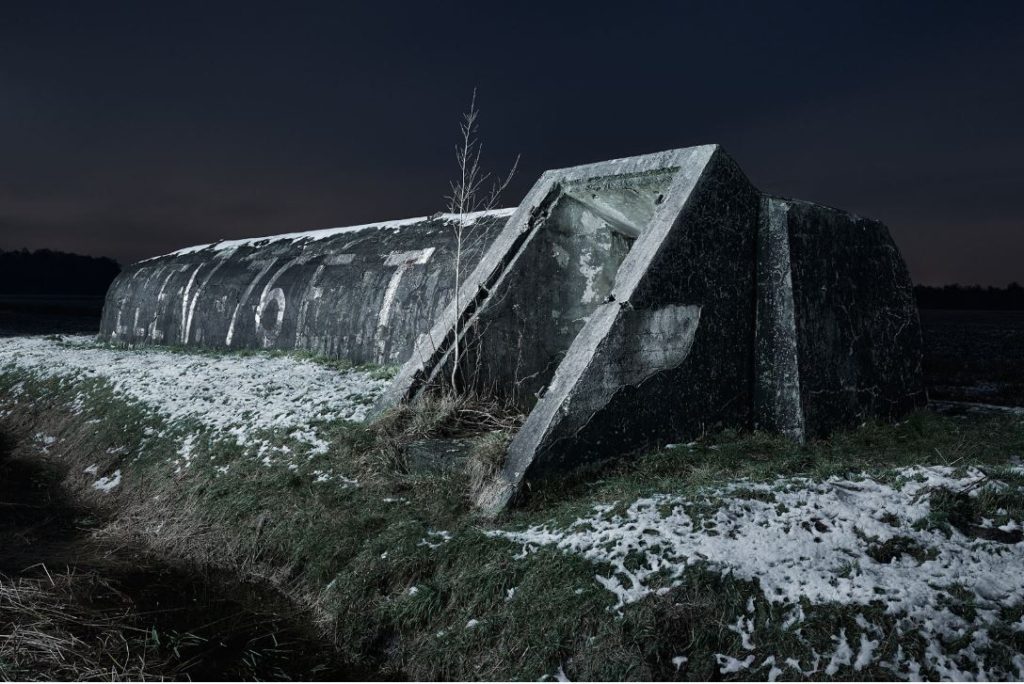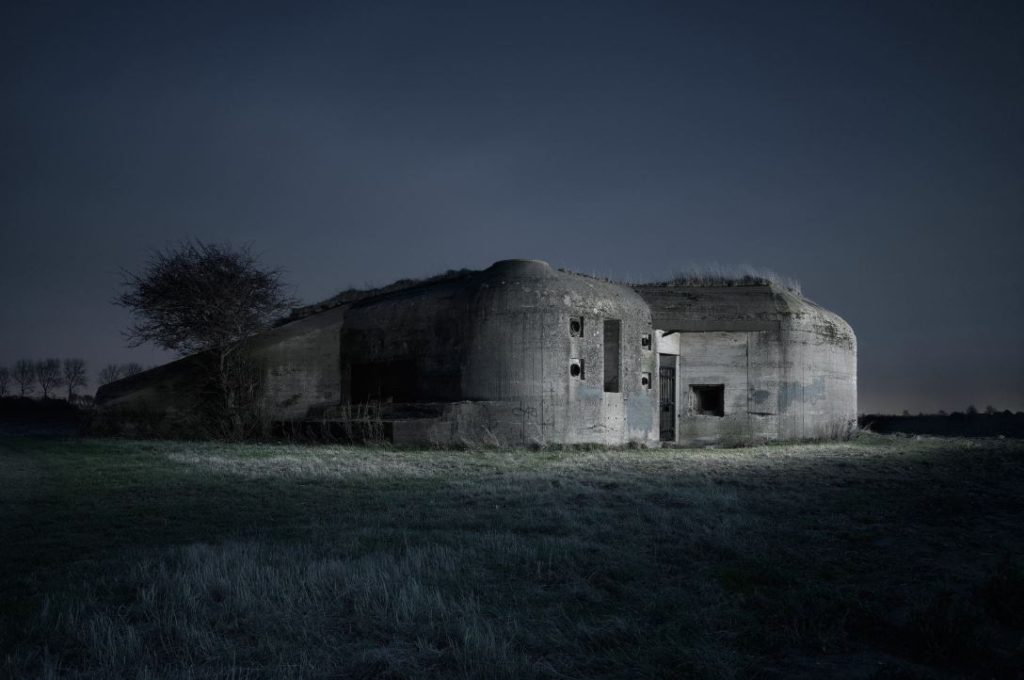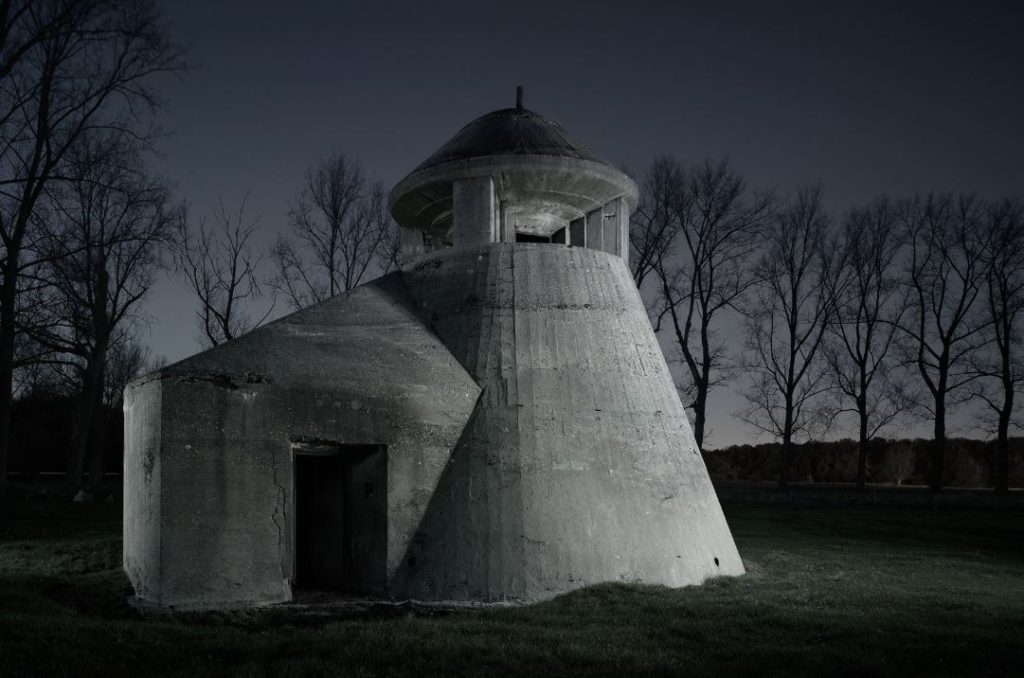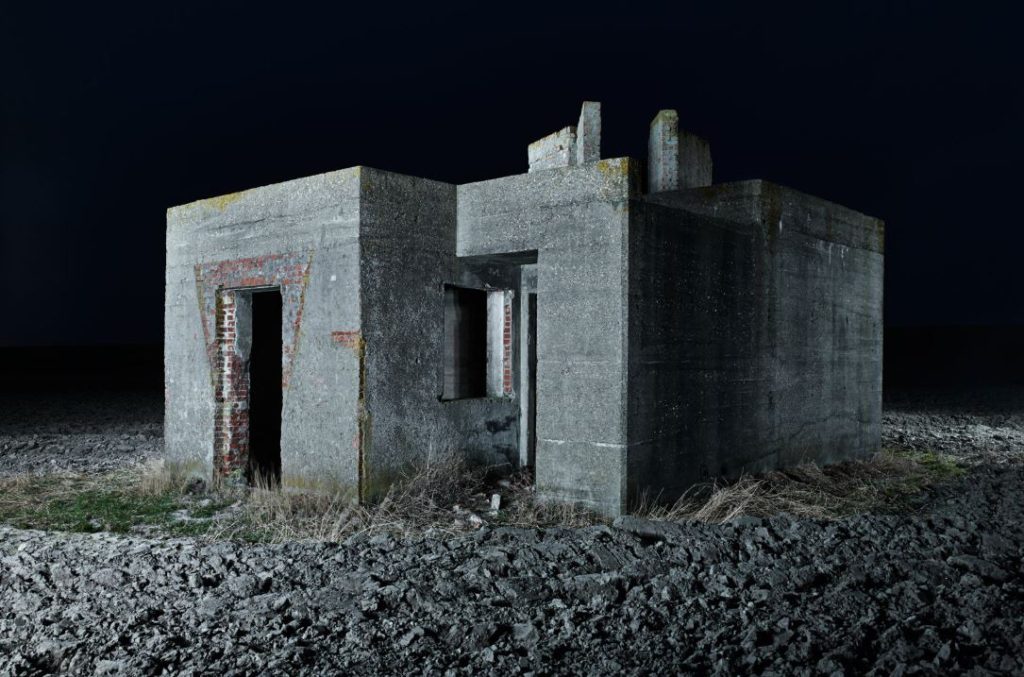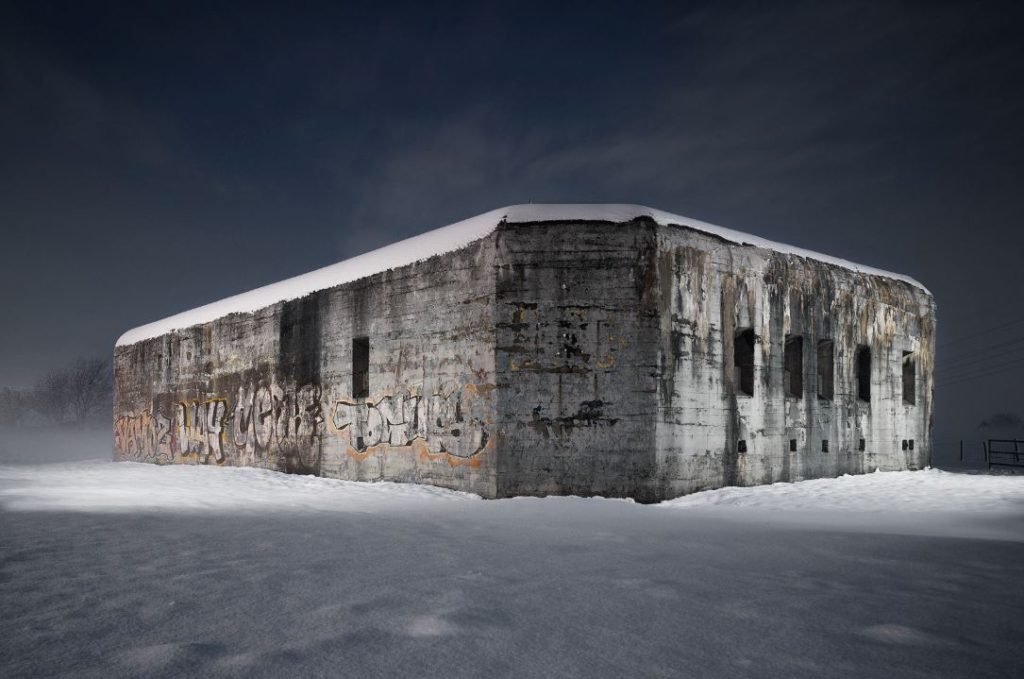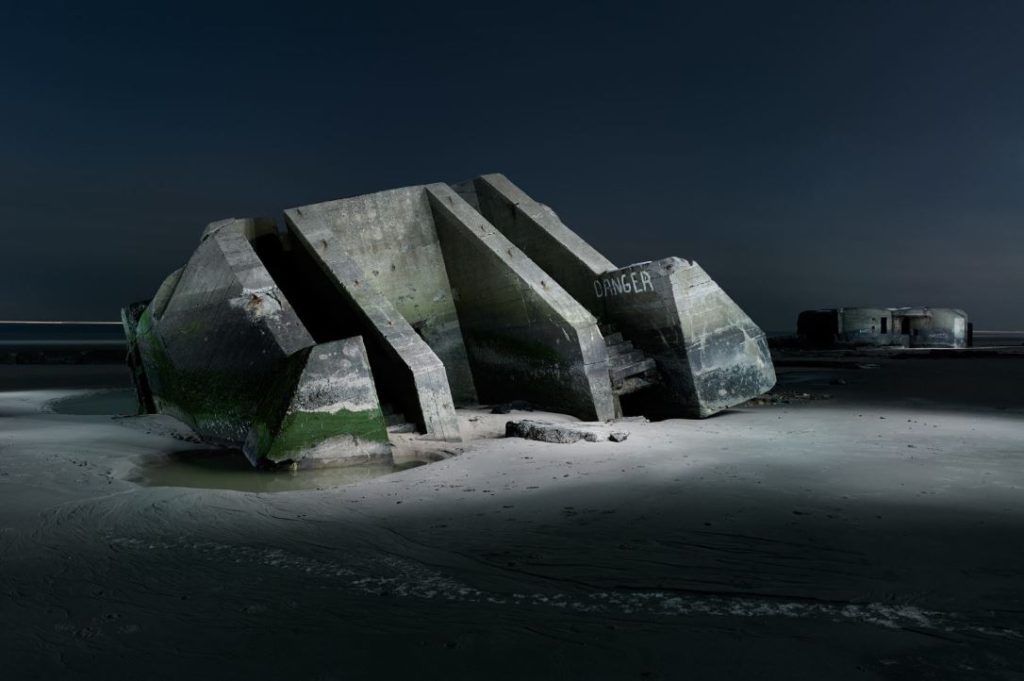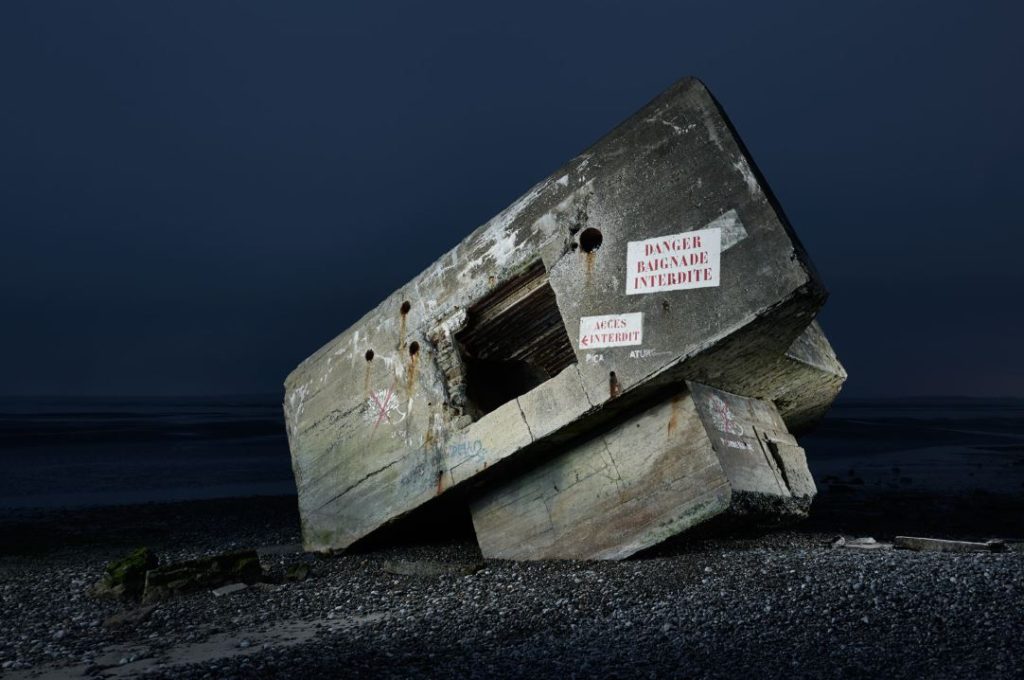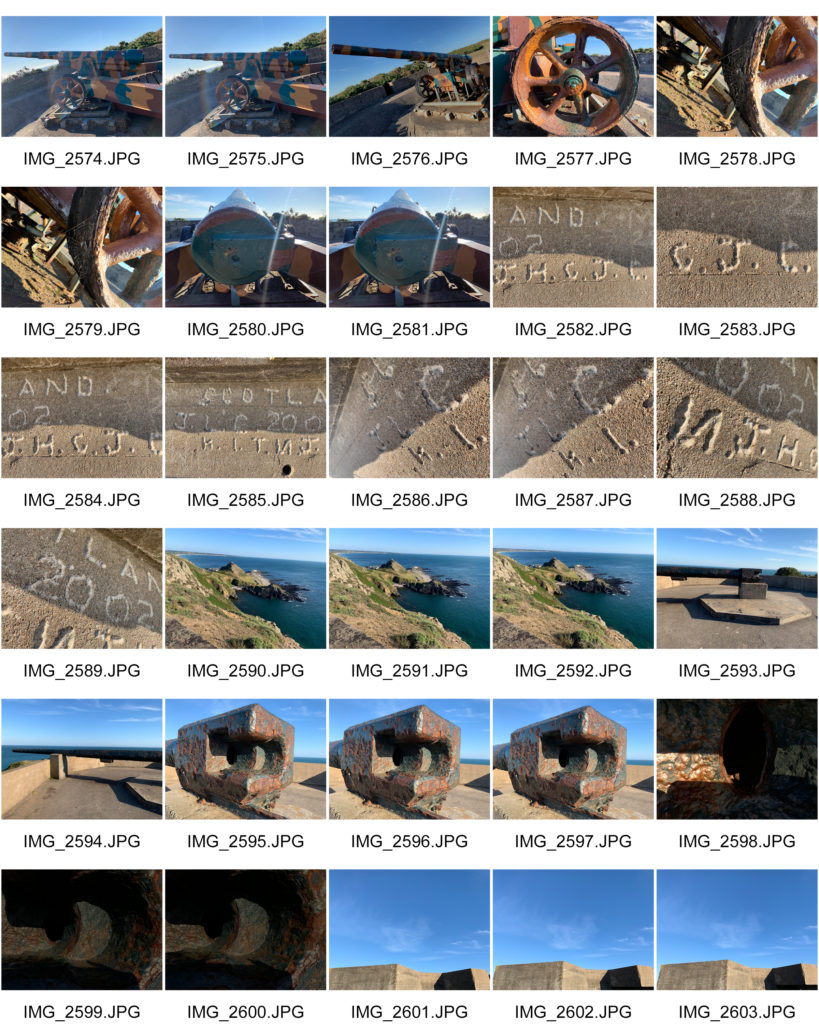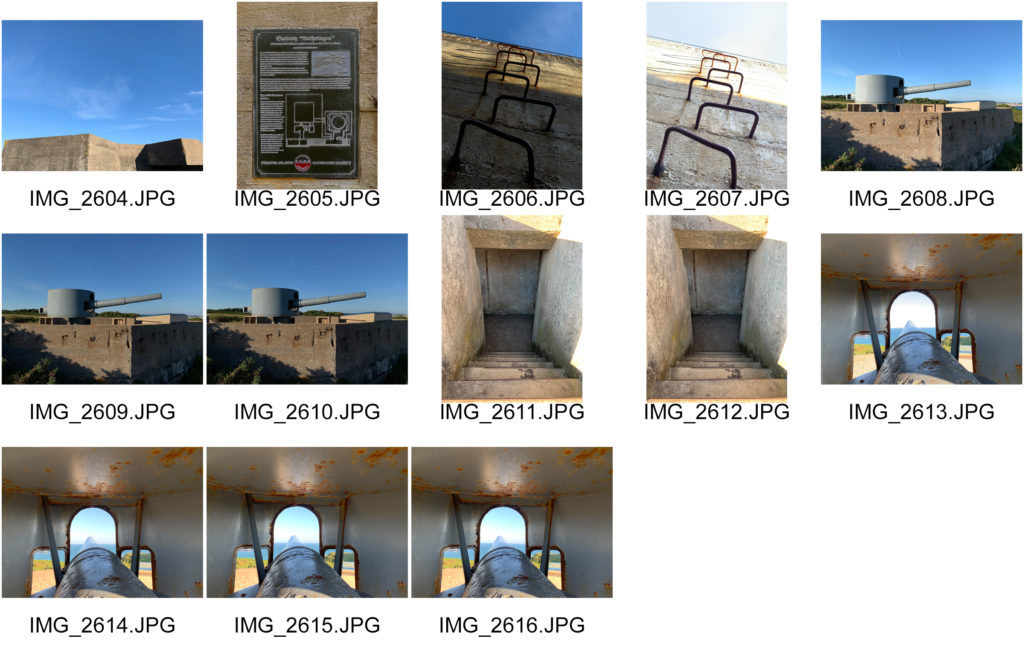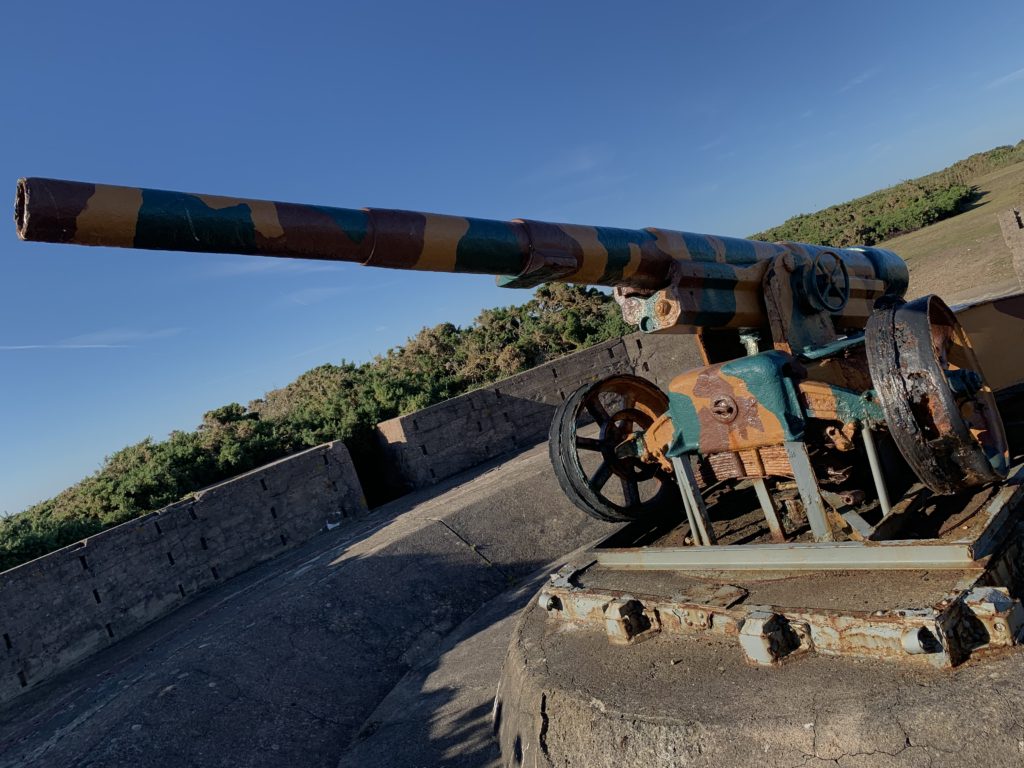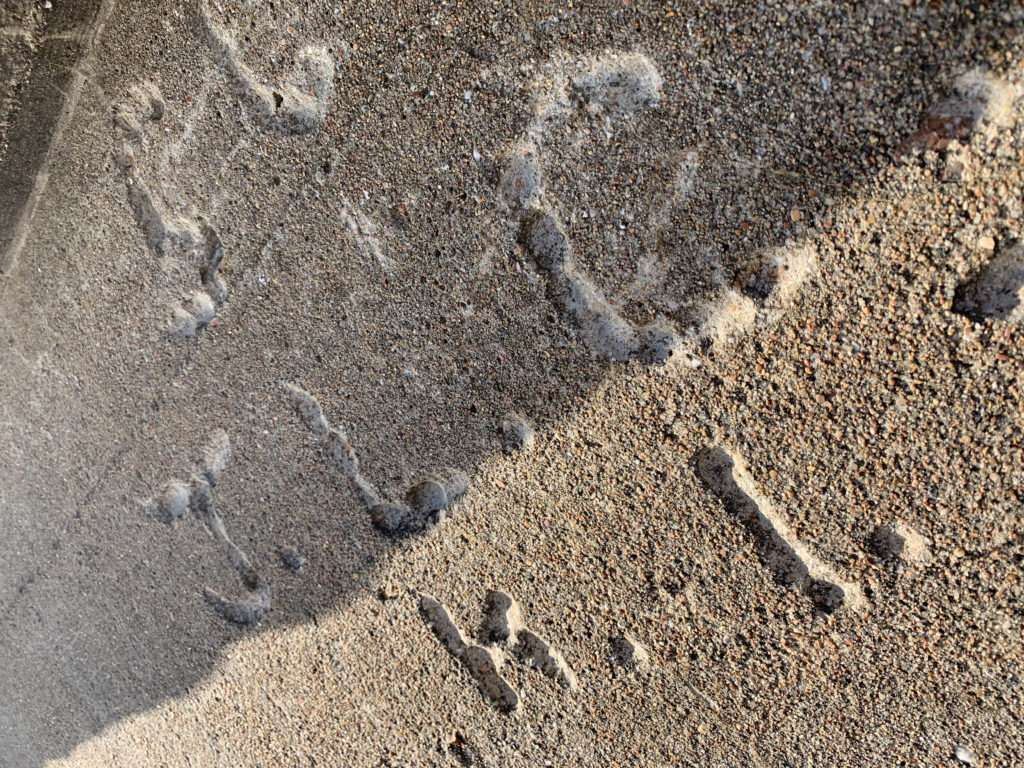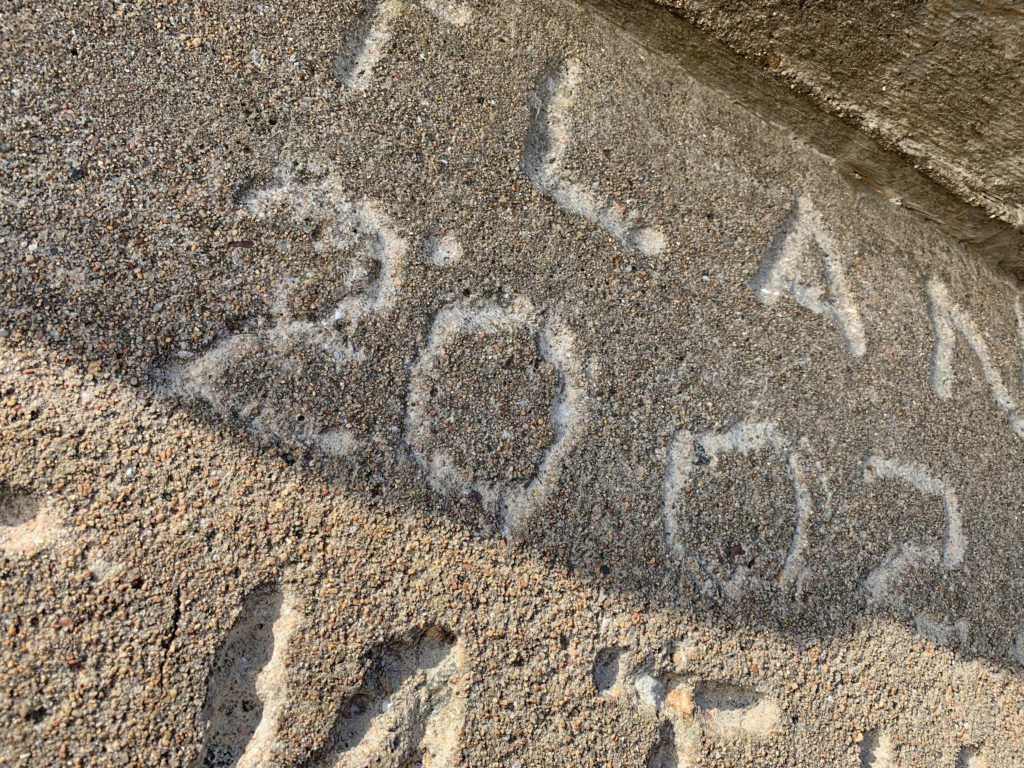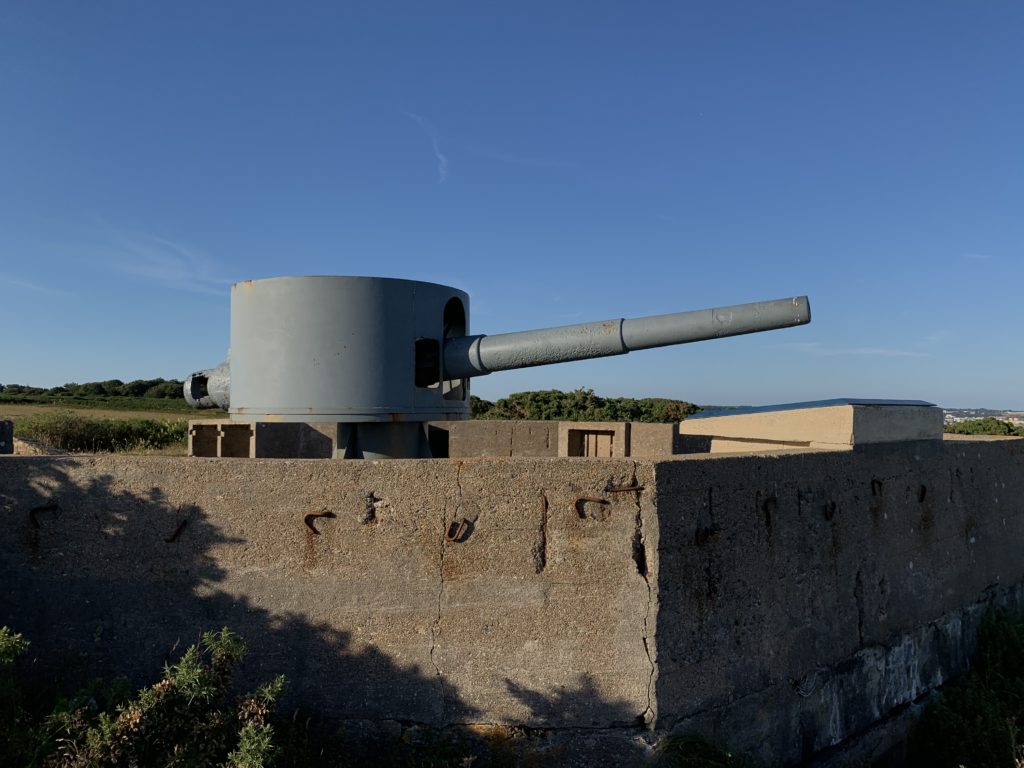Archives can mean many things to many people. They can give insight into the past; help document the present and aid prediction into the future. They can be public or private and contain different images ranging from family portraits to images of sporting events of national monuments. They can be seen as an incredibly useful tool by modern photographers, who wish to study and potentially recreate past images in the modern day or document change over time to places, people or objects.
One of the defining aspects of achieves is if they are publicly accessible or if they are private. For example, places such as Societe Jersiaise are public archives where anyone with an interest is able to visit the achieve either online or in person and view the images it has to offer. This is useful as it not only allows for the archives studied to become more widely publicised and popular, but it also allows for the local community to gain a broader understanding of the local area and history, potentially engaging more peoples interest and encouraging further investigation which benefits the archive.
However, not all archives are public and private archives encompass the archives of non-public organisations including businesses, charities, religious bodies and private individuals. A vast array of societies and associations also use private archives such as political parties, pressure groups, sport and recreational clubs, and businesses. Private archives can be very useful politically, due to restricting public access to images that could dampen reputations of government officials or to restrict information given to the public about certain events and stories that may be perceived or found to be inaccurate after reviewing the whole picture.
Another talking point relating to the question directly could be posing the question of who’s achieve actually is it? This question could be interpreted as a way of looking into the relationship between public and private archives and discussing as to who really benefits from the archives and why. For example, as mentioned briefly it could be the contrast between public perception of people or events due to images being placed in public or private archives based on what the archive or organisation would like the public to perceive.
Overall archives can be viewed to have many uses to many different groups of people. Ranging from the photographers who captured the images, to the organisations the images benefit or disbenefit, to the people who study and review the images and who also recreate them. Therefore, making it uncertain as to who’s achieve it ever is.

